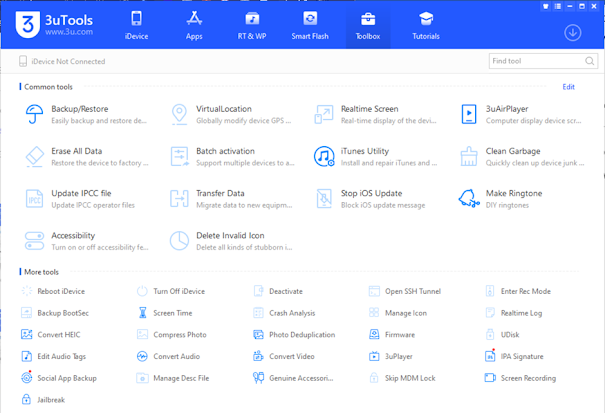Broken certification and session management: credential stuffing epidemic
Modern web application within the scope of security, broken certification, and session management is one of the most exploited weaknesses. In various attack vectors arising from poor certification practices, credential stuffing has emerged as one of the most dangerous and comprehensive hazards. This avails the user name and password leaked or stolen from previous violations to gain unauthorized access to user accounts in many platforms.
This broad blog explains how credential stuffing attacks work, why they are so effective, their real world influence, how to find them, and, most importantly what you can do for the safety of your applications and users.
What is credential stuffing?
Credential stuffing is a type of cybercatack where attackers use a list of violated user name-password combinations to automate login efforts on various websites. Since many users reuse the passwords in services, the attackers can achieve high success rates.
It is a form of brut-form attack, but unlike traditional brut-forcing (where the password is estimated), credentials uses known credentials known credentials that have already been leaked.
How Credential Stuffing works
- Data Breach: User credentials get stolen or leaked from one platform.
- Credential List Compiled: These credentials are collected on a large scale database and often sold or shared on the dark web.
- Automatic login efforts: Attackers use bots to test these credentials on other websites.
- Account acquisition: When the login is successful, attackers can get access to the accounts and steal data, make unauthorized purchases, or cheat.
Why credential stuffing is effective
- Password reuse: Studies show that more than 65% of users reuse the same password in many accounts.
- High-volume automation: Attackers use equipment and boatnets to try thousands of logins per second.
- Anonymous: Use of VPN and Proxy hides the attacker identity.
- Low effort, high reward: A successful login can get important personal or financial information.
General equipment used in credential stuffing
- Sentry MBA: A configuble credential stuffing tools are used to automate the attacks.
- SNIPR: Common among the attackers for credential verification.
- OpenBullet: An open-source tool is used to test credentials against websites.
These instruments allow the attackers to adapt the parameters of the attack, manage the proxy and format credential lists to suit various websites.
Real world credential stuffing examples
1. Dunkin Donuts (2018 and 2019)
The attackers used credential stuffing to reach DD Perks Inam accounts, steal personal information and possibly procure.
2. Nintendo (2020)
More than 160,000 user accounts were compromised in a credential stuffing attack. The attackers reached personal information and shopped for fraud.
3. Zoom (2020)
Thousands of zoom accounts were compromised through credentials stuffing and listed for sale on the dark web during epidemic bounce.
Credibility filler influence
- Account takeover (ATO): Full access to user accounts.
- Financial loss: unauthorized purchase, fund transfer.
- Reputation Damage: Users lose confidence in affected services.
- Legal and compliance issues: violation of data privacy rules.
- Customer support cost: increase in load due to password reset and examination.
How to detect credential stuffing attacks
- Unusual login activity: Spikes in failed login or login from various IP.
- Geolocation Missamach: Rapid login from different countries.
- Browser fingerprint changes: multiple devices for the same account.
- Rate-limit violations: Thousands of login efforts in a short time.
- Credential Testing Pattern: Sequential use of credentials from known violations dataset.
Mitigation and protection strategies
1. Multi-factor authentication (MFA)
Even if credentials are compromised, the MFA adds an additional layer that blocks the unauthorized login.
2. Credential stuffing detection system
Use machine learning models and anomali detection systems to identify abnormal login behavior.
3. Bot safety equipment
Integrate tools such as Google Recaptcha, Cloudflare Bot Management, or Akamai Bot Manager to prevent automatic login efforts.
4. Rate limited and IP throtting
Ban the number of login efforts from single IP or user account.
5. Password sanitation enforcement
Encourage the use of unique, strong passwords.
Check the password against the database known known as Hasibeenpwned.
6. Login effort monitoring
Track matrix such as failed login such as IP, login velocity, and login success rates to identify suspicious activity.
7. Alerting and user notification
Inform users of suspected login activity, especially login from unfamiliar places or equipment.
Best practice for developers and organizations
- Apply MFA by default in all user accounts.
- The password changes from time to time.
- Apply minimum password complication rules.
- Integrate the breeches password detection API.
- Monitor login and options for abuse and discrepancies.
- Log and analyze certification failures.
Credential Stuffing vs. Brout Force Attack
While both attacks target the login process, credential stuffing uses valid credential pairs from previous violations, while brute force tries random combinations. Credential stuffing is secretly and often more successful as it avoids guessing passwords.
User role in preventing credential stuffing
While organizations must implement safety measures, users also play an important role:
- Avoid reusing the password.
- Use password managers to store complex passwords.
- Enable MFA wherever possible.
- Be informed about violations associated with services that they use.
Owasp guidance on credentials stuffing
Owasp classifies broken authentication as one of its top 10 security risks. For credential stuffing, Owasp recommends:
- MFA as a primary defense.
- To detect discrepancy.
- Avoid passwords that have to be compromised.
conclusion
Credential stuffing is one of the most comprehensive safety hazards facing modern applications. It avails poor password practices and lack of layered rescue to exploit broken authentication systems.
Understanding how these attacks operate and apply strong counterons - from MFA to BOT protection, rates, and monitoring of violations—can reduce their risk dramatically. Similarly, it is important in the common responsibility of web safety to educate users about password hygiene and the risks of reuse.
Any violation anywhere can become your problem. Do not give the cost of your user base to someone else's leaks. Strengthen your certification today.






Comments
Post a Comment